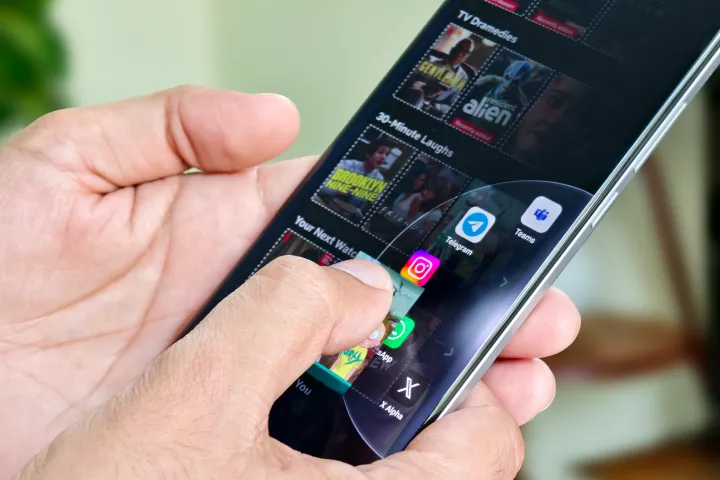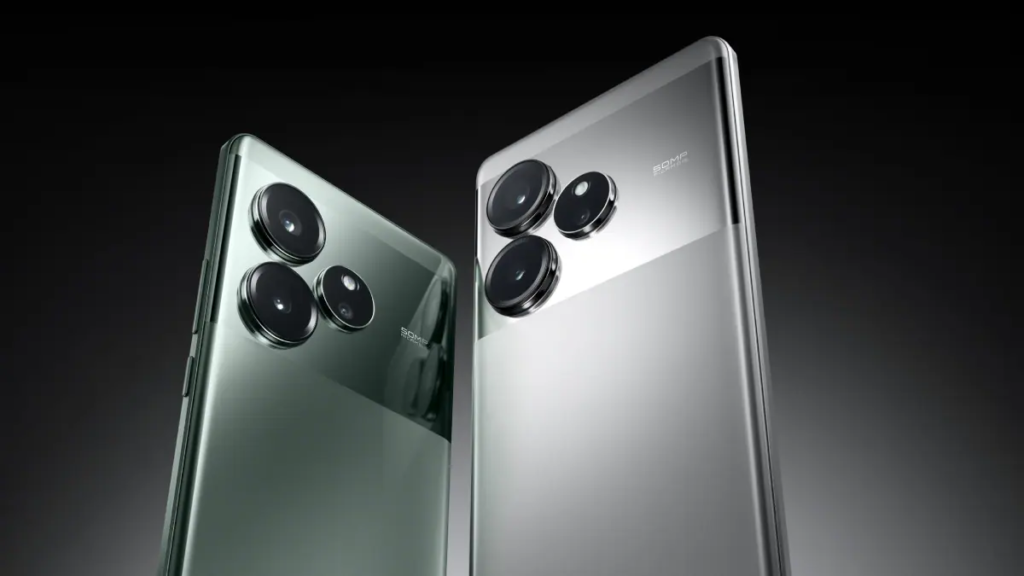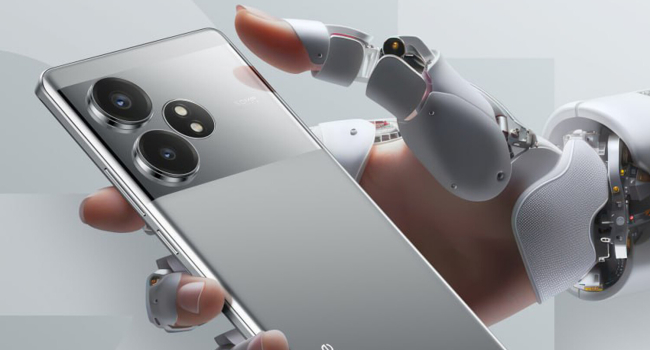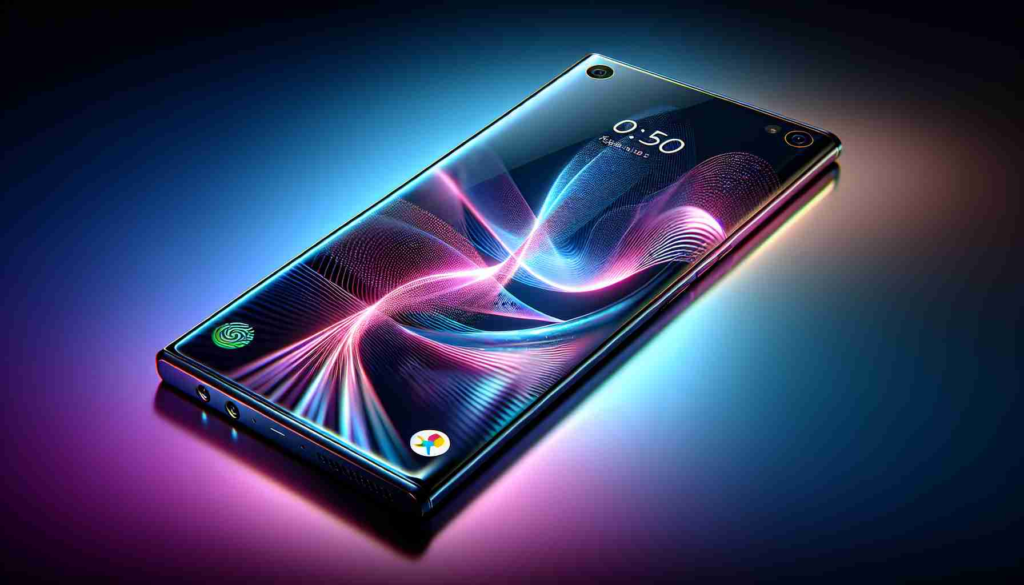Realme has built a reputation for providing excellent smartphones at low costs by continuously providing value models. OnePlus and Realme are related as they both started out as Oppo, although Realme usually caters to the cheaper end of the market and offers comparable features at a lower price. Realme has now gone back to its original focus of making flagship killers, a market that OnePlus first established and ruled. This mentality is exemplified by Realme’s most recent product, the GT 6, which has a plethora of features that put it in direct competition with flagship smartphones.

The Realme GT 6, priced around $650, is packed with a rich assortment of hardware features and AI capabilities that push it into the flagship segment. These AI features are integrated with core Android functionalities to enhance user experience without resorting to gimmicks. AI is a buzzword in marketing, often used to hype up products. However, Realme’s approach is to make AI genuinely useful. Instead of introducing a completely new set of features like AI chatbots or image generators, Realme integrates AI into existing Android features with a clear goal: to make AI enhancements practical and beneficial, rather than merely another entry on a feature list.

One of the standout AI features on the Realme GT 6 is Screen Recognition. Despite its straightforward name, the functionality is quite powerful. Screen Recognition is designed to scan the content on any screen across various apps, covering all media and text. Activating this feature is simple and intuitive: you tap and hold the screen with two fingers, which freezes the content and triggers a scanning animation. The AI capabilities become evident when you select images (or stills from videos) or text from the screen and drag them to the edge of the display.
This action activates the AI Smart Loop, which intelligently determines the type of information being dragged and suggests the most relevant apps for it. For instance, if you find an interesting image online and scan it with Screen Recognition, Smart Loop will recommend social media or chat apps for sharing. You can drag the image over an app icon (such as Instagram) to quickly share it to a Story, your feed, or as a post.

Similarly, when Screen Recognition detects an email address or phone number, it suggests related apps. If it finds a physical address, it recommends Google Maps, which is especially useful when you discover a business on social media. One of the most powerful features is the ability to drag any image over to Google Lens for further exploration and information retrieval. The Smart Loop feature also includes a File Dock, a persistent clipboard accessible from the side of the screen.
This clipboard doesn’t automatically erase saved information, making it extremely useful for copying multiple items from one page in any order. While the suggestions from Smart Loop are usually accurate, they are not perfect. To overcome this, you can drag the image over arrows to cycle through more apps, allowing you to drop the media wherever needed. These functionalities streamline the process of saving media, copying text, or scanning useful information. Instead of navigating through multiple steps, you can achieve your goal with a few simple gestures.
Realme has also focused on enhancing image editing capabilities with its AI Smart Removal feature, which removes unwanted objects from images. This feature, already present on many phones, is further refined on the GT 6. Realme claims its implementation is superior to existing options, including Google Photos’ Magic Editor.
In practice, Realme’s AI eraser produces more natural and convincing results, seamlessly integrating the background where objects have been removed. For instance, removing a fast-moving car from an image using Realme’s AI eraser leaves no trace, while Google’s Magic Editor often results in a less convincing patch. This level of finesse is comparable to desktop applications like Adobe Photoshop, which is remarkable for a mobile device.
The GT 6 also includes an AI-enhanced video mode. Under low-light conditions, the AI Night Vision feature improves video quality by increasing the amount of light captured and enhancing sharpness and detail. This capability is significant because video enhancement requires processing numerous frames per second, demanding robust hardware.

The Realme GT 6 achieves this even without a dedicated co-processor, demonstrating its impressive hardware and software integration. Realme has also considered eye protection with its AI features. The GT 6 uses the front camera to detect signs of fatigue, such as yawning or reduced blinking, and adjusts the screen colors accordingly. This feature works in conjunction with standard blue light filters and bedtime modes to reduce eye strain, gradually increasing the filter’s intensity to ease your eyes into a more relaxing state.

Realme’s approach to integrating AI into smartphones is noteworthy. Instead of adding flashy but impractical features, Realme focuses on enhancing core functionalities to improve user experience. These AI features are intuitive, easy to use, and genuinely beneficial, reducing the number of steps needed to perform various tasks. However, there is a significant caveat: Realme relies on Oppo’s self-trained large language model, AndresGPT, which is more proficient in Chinese than in English. Additionally, much of the data processing occurs on the cloud, raising privacy concerns.
Brands will need to take a holistic approach to data privacy concerns as the AI market gets more competitive. Notwithstanding these reservations, Realme’s AI capabilities are promising and might greatly improve smartphone use. Customers in the United States may find it difficult to obtain the Realme GT 6, nevertheless, as Realme does not formally offer the device there. The GT 6 may be purchased in Europe for as little as 600 euros (about $645), with more expensive models costing up to 800 euros.
Realme’s GT 6 is positioned as a formidable competitor in the smartphone industry thanks to its emphasis on useful AI applications and its attractive pricing.
If you like the article please follow on THE UBJ.

